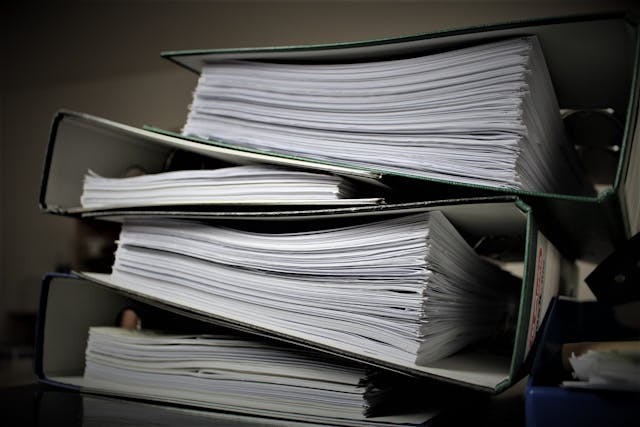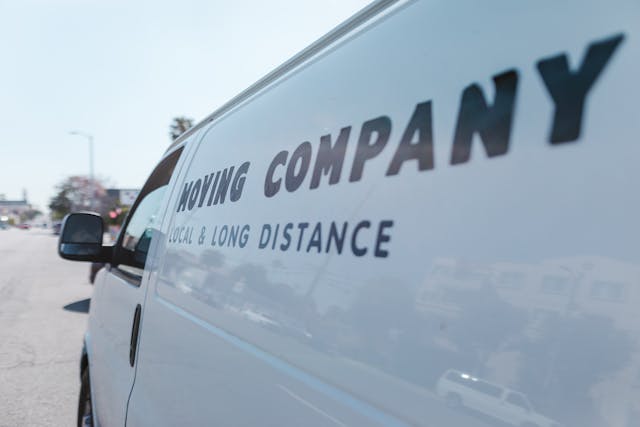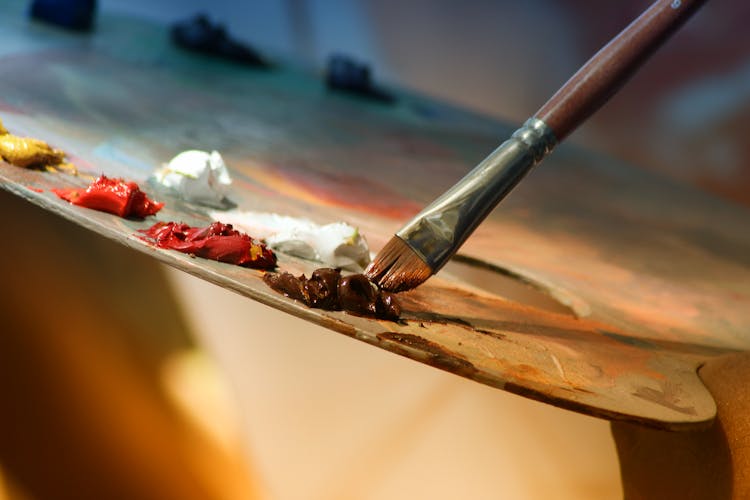Successfully relocating a business entails various complexities, but the stakes are particularly high when it involves moving valuable items like artworks and antiques. Implementing effective safety measures for artwork and antiques is paramount to ensure their protection during transit. This blog post aims to provide a comprehensive guide on how to securely transport these valuable pieces during a commercial move, covering all stages from pre-move planning to post-move care. Whether you are a gallery owner, a private collector, or managing a museum relocation, understanding these essential practices will help minimize risks and safeguard your investments against damage and loss.
Pre-Move Planning
Inventory Documentation
Before any items are moved, a thorough documentation process is essential. This involves taking high-resolution photographs and writing detailed condition reports for each artwork and antique. These documents should capture any existing damages and unique attributes of the items. They serve as a baseline reference in case of future disputes or insurance claims. This step helps track the items throughout the moving process and helps reinstate them in their new environment.

Selecting the Right Mover
Choosing a moving company that specializes in handling artwork and antiques is crucial. Such companies are equipped with the right tools and expertise to hold delicate items. They should have a proven track record, verified by testimonials and references from previous clients. For instance, websites like MovingScam can be invaluable in this process, providing reviews and recommendations to help you find reputable movers experienced with valuable items. Ensuring the mover has adequate insurance coverage for high-value items is also essential. Opting for a mover with specialized skills provides peace of mind and significantly reduces the risk of damage during transportation.

Packing Materials and Techniques
Choosing the Right Materials
The selection of appropriate packing materials is one of the key safety measures for artwork and antiques. Materials such as acid-free tissue paper, archival-quality bubble wrap, and robust custom-made crates are essential to guard against physical and environmental damage. These materials help to buffer temperature fluctuations, vibrations, and shocks typically occurring during transit. Investing in high-quality packing supplies might seem costly upfront, but it pales in comparison to the potential cost of repairing or restoring damaged precious items.
Packing Techniques
Effective packing is crucial for the safe transport of artworks and antiques. Each item should be packed individually, using techniques suited to its material and structure. For paintings, for instance, glassine paper is used to prevent sticking, followed by bubble wrap for cushioning. Sculptures might require custom-built crates lined with foam that conform to their shape, providing stability and shock absorption. This detailed approach to packing protects items during the move and simplifies the unpacking and installation processes at the new location.

Safety Measures for Artwork and Antiques: Transportation and Handling
Vehicle Requirements
Utilizing climate-controlled and securely equipped vehicles is crucial for safely transporting sensitive artworks and antiques. These vehicles ensure that items are shielded from adverse weather conditions, such as extreme temperatures and humidity, which can cause irreversible damage. The vehicles should also be fitted with air-ride suspension systems to minimize the impact of road vibrations and bumps. Ensuring that the transportation company has these capabilities and adheres to strict security protocols is essential for the safety of your valuable items during transit.
Loading and Unloading Protocols
Proper techniques in loading and unloading artworks and antiques are fundamental to their preservation. Movers should be trained in handling delicate items, using techniques that distribute weight evenly and avoid undue stress on fragile parts. Using specialized equipment, such as padded dollies and stair climbers, can greatly reduce the risk of accidental drops or bumps. Coordination and communication among the moving team are also vital to ensure that each piece is handled carefully throughout these critical stages.
In-Transit Measures
Maintaining security and monitoring during transit is essential. Utilize GPS tracking to keep tabs on the location of the truck at all times, ensuring it follows the pre-planned, safest route. The vehicle should be secured with locks and possibly alarmed, especially when left unattended. Regular check-ins by the moving team can further enhance security, providing updates on the journey’s progress and any potential issues that arise. These measures protect against theft and the risks associated with long-distance transportation of valuable items.
Installation and Post-Move Care
Unpacking Procedures
Unpacking must be carried out with as much care as packing. Each item should be carefully removed and checked against the inventory list to ensure nothing is missing or misplaced. Use the initial condition reports to verify that no damage has occurred during the move. This approach helps not only to identify any issues quickly but also to re-establish the collection in its new setting.
Condition Checking
Immediately after unpacking, conduct a thorough inspection of each artwork and antique. Compare the condition upon arrival with the documentation created before the move. This step is critical for identifying damages early and initiating the insurance claims process, if necessary. Prompt detection of changes can also facilitate timely conservation efforts to mitigate any deterioration of the items.
Dealing with Unexpected Issues
Common Pitfalls
Despite careful planning, common pitfalls during the relocation of artworks and antiques can include accidental impacts, exposure to detrimental environmental conditions, or inventory mismanagement. Knowing these risks and preparing contingency plans can alleviate potential damage and streamline the resolution process.
Problem Resolution
In the event of damage, having a clear procedure for assessment and documentation is vital. Immediate actions might include:
- Isolating the affected item.
- Documenting the extent of the damage with photographs.
- Notifying the insurance company and moving company.
Quick response is crucial for effective resolution and recovery.
Conclusion
Employing stringent safety measures for artwork and antiques when relocating your business is not merely a preventive practice. It is essential to preserve these irreplaceable items for future generations. The complexities involved in moving such items demand attention to detail and an understanding of the unique challenges they present. By prioritizing these safety measures and preparing for potential issues, you can protect your valuable assets.

